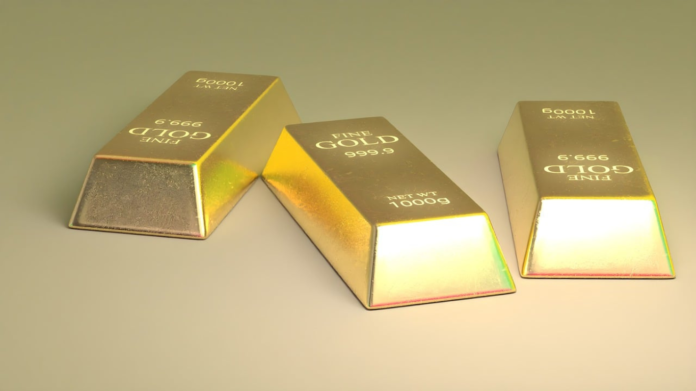The allure of gold, a timeless and trusted investment, is undeniably irresistible. Its inherent value and stability, especially during economic downturns, have made it a reliable wealth preservation tool across various cultures and eras. Understanding the dynamics of bullion prices is vital in optimising returns in the precious metals market.
Understanding the Price Mechanics of Gold
As with any other commodity, gold is subject to the laws of supply and demand. The bullion prices fluctuate based on various market variables. A key driver of gold prices is global economic stability. Investors often turn to this costly metallic object during economic uncertainty as a ‘safe haven’ investment. This surge in demand tends to push up the metal’s prices. Similarly, when economies are booming, metal prices may stagnate or even decline as investors chase potentially higher-yielding investments.
Changes in central banks’ reserves can also influence gold prices. Central banks hold gold as a part of their reserves, which they may buy or sell to stabilise their currencies. When central banks buy more of this valuable metal, its prices can increase due to increased demand.
Navigating the Cyclical Nature of This Metal’s Prices
Cycles are common in financial markets, and gold is no exception. Identifying these cycles can provide a strategic edge for those willing to delve deep into market trends. The prices of this costly metal tend to move in long cycles, often spanning decades. Careful study of these historical trends and a keen eye for current economic signals can guide investment decisions.
The Role of Inflation and Currency Fluctuations
Inflation and currency values have a direct relationship with gold prices. As inflation erodes the cost of fiat currencies, gold prices often increase because the metal is typically viewed as a stable store of value. Moreover, since this charming metal is denominated in U.S. dollars globally, any depreciation in the dollar makes the metal cheaper for other currency holders, which could increase demand and, therefore, the price of gold.
Unearthing Opportunities with Gold ETFs
Gold Exchange-Traded Funds (ETFs) provide a viable alternative for those not wishing to own gold physically. These financial instruments for tracking bullion prices provide a liquid means to invest in this precious metal. This method circumvents challenges associated with physical ownership, for example, storage and security, without sacrificing the potential advantages of investing in gold.
Cultivating a Balanced Investment Strategy
While such a charismatic metallic object can play a significant role in an investment portfolio, it should be part of a balanced and diversified investment strategy. It’s crucial to remember that although this expensive metal has traditionally maintained its value over time, it does not produce dividends or interest. Therefore, dedicating a portion of the investment portfolio to this metal can provide a hedge against inflation and economic uncertainty, while other investments can provide income or higher potential returns.
Monitoring the Trends: A Path Forward
Staying updated with geopolitical events, economic indicators, currency values, and other factors influencing gold prices is essential for informed decision-making. Various online resources, news sites, and financial platforms offer real-time data and expert analysis on this precious metal’s trends. Regularly monitoring these sources can help fine-tune investment strategies.
In conclusion, understanding gold’s price mechanics and its role in the broader financial ecosystem is essential to making intelligent investment decisions. Embracing the allure of this magnificent metal while tempering it with prudent strategies can lead to a golden future in the investing world.






